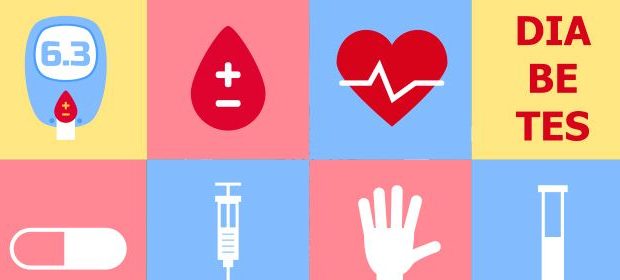Diabetes Technology May Impact Patient’s Approach to Prevent Overnight Hypoglycemia
Data showed that patients using diabetes technology incorporated different strategies to prevent nocturnal hypoglycemia vs patients who did not use such technology.
New research is providing insight into the strategies patients with type 1 diabetes (T1D) use to prevent hypoglycemic episodes overnight and how the technology they use has an impact on their approach.
The findings, coming from over 800 patients, showed that patients using diabetes technology, such as continuous subcutaneous insulin infusion (CSII), an intermittently scanned continuous glucose monitor (isCGM), a real-time CGM (rtCGM), and automated insulin delivery (AID), used different strategies to prevent nocturnal hypoglycemia (NH) compared with patients who did not use such technology.
Findings appeared in Diabetes Research and Clinical Practice.
Overall, the strategies used by patients—including glucose monitoring before bed, having a snack in the evening or before bed, and overnight basal insulin reduction—were in line with current recommendations. For example, most patients monitored their glucose at bedtime. However, the researchers also found that the treatment they use and the level of fear of hypoglycemia (FOH) may sway their behavior.
“Current NH prevention strategies can be classified into lifestyle, pharmacological, or technological strategies,” described the researchers. “The most consistently recommended lifestyle-related prevention strategy is the consumption of a bedtime snack containing carbohydrates and protein. The clinical recommendation for a bedtime snack is mostly supported for use when bedtime glycemia is < 7.0 mmol/L or in high-risk situations (ie, after alcohol consumption or physical activity in the evening). However, evidence supporting these recommendations is scarce, and their use by people with T1D [PWT1D] has not been assessed.”
Compared with patients using multiple daily injections (MDI) plus capillary blood glucose (CBG), those using CSII plus an isCGM, CSII plus rtCGM, AID, or MDI plus rtCGM were less likely to have a nighttime snack to prevent NH (odds ratio [OR], 0.55, 0.40, 0.34, and 0.44, respectively).
Use of CSII was significantly associated with reducing basal insulin throughout the night when combined with other modalities. When used with CBG (OR, 3.15), isCGM (OR, 4.00), and rtCGM (OR, 2.78), CSII increased the likelihood of reducing basal insulin compared with MDI plus CBG. Monitoring glucose at bedtime was less likely among patients using CSII plus rtCGM vs patients using MDI plus CBG.
There were no differences in reducing alcohol consumption or reducing physical activity at the end of the day across the treatments.
“Beyond treatment modality, the factor that was significantly associated with most of the strategies used was an elevated FOH,” detailed the researchers. “Participants with elevated fear were more likely to consume an evening/bedtime snack, avoid bolus insulin in the evening, reduce/avoid alcohol consumption, and reduce/avoid physical activity. FOH is a significant barrier to optimal T1D management, as many PWT1D tend to maintain higher glucose levels to avoid experiencing the negative effects of hypoglycemia. This can negatively influence diabetes management, as FOH was found to be associated with higher caloric intake and greater glycemic variability and has been identified as a significant barrier to participating in physical activities.”
The researchers noted that patient choice of strategy could be a result of their latest NH episode, although the current study was unable to characterize this. They group also underscored that the role of diabetes technology in driving certain behaviors in T1D is undefined. As a result, they recommend future research assess different motivators for choosing a strategy for preventing hypoglycemia episodes and how technology influences their behaviors.
Reference
Talbo M, Rabasa-Lhoret R, Yale J, Peters T, Brazeau A. Are nocturnal hypoglycemia prevention strategies influenced by diabetes technology usage? a BETTER registry analysis. Diabetes Res Clin Pract. Published online September 12, 2022. doi:10.1016/j.diabres.2022.110080








Gloss